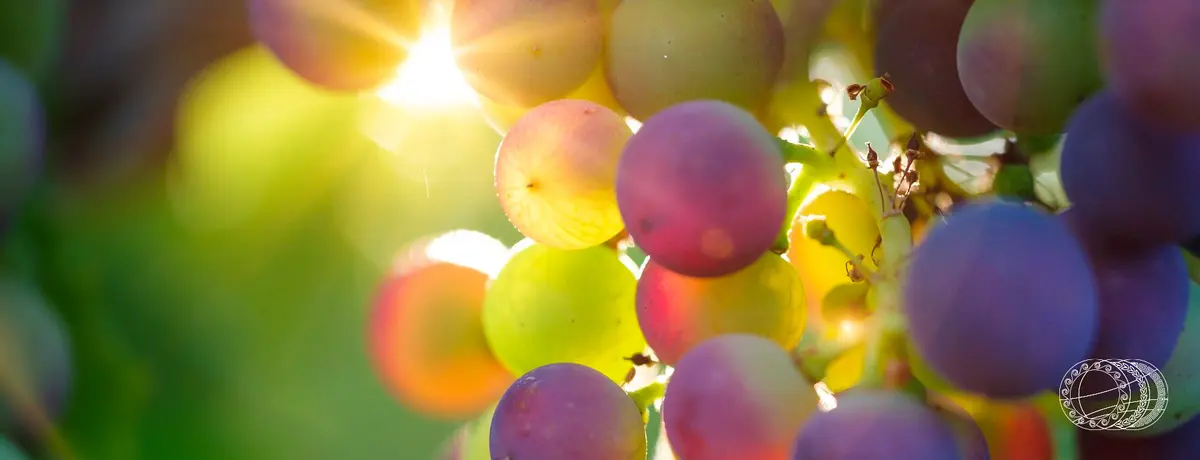Wine route dedicated to the ancient Bruzi people

Wine and food
Travel information
Category
Wine and food
Target
The Brutium Wine and Food Trail winds around Cosenza and is dedicated to an ancient people, the Bruzi.
Historians are not sure whether these people lived in Sila or whether they arrived there fleeing from lands further north where they lived in a state of slavery. What they do know is that their language and customs were not very different from those of other Italic peoples subjected to the Romans; although warlike, the Bruzi showed that they were able to lead a well-organised social life, so much so that Cosenza became a large city with them, and that the countryside they cultivated yielded excellent products, primarily oil and wine.
The capital is the fulcrum of an itinerary that touches on Figline Vegliaturo, Rogliano, Amantea, Dipignano, Luzzi and Montalto Uffugo along an area that expands between the Crati Valley, with its IGT production of the same name and the Donnici and San Vito di Luzzi DOCs, and the Savuto Valley, with its corresponding DOC.
The route is suitable for everyone, accessible by car and in all seasons.
The wines
Donnici DOC is produced south of Cosenza in the usual three versions: Rosso, from Gaglioppo, Greco nero and other grapes, Rosato, suitable for first courses and strong-flavoured fish, and finally Bianco, from Mantonico grapes together with Greco Bianco, Malvasia and Pecorello, which goes well with fish and light starters.
San Vito di Luzzi, heir to the product of the Cistercian Monks at the Sambucina Abbey, which has recently received the DOC designation, is only produced in Luzzi. The Rosso originates mainly from Gaglioppo, black Malvasia, black Greco and Sangiovese and is a wine for robust main courses and mature cheeses; the Rosato (same grapes) goes well with poultry and tasty first courses. The Bianco, made from Malvasia, Greco, Chardonnay and other white grapes, ranges from fish to first courses.
The Savuto DOC appellation is named after the Savuto River, which forms the border between the provinces of Cosenza and Catanzaro, in the hills above the west coast of Calabria.
The Savuto River rises in the Sila plateau and flows through the hills before emptying into the Gulf of Sant'Eufemia.
The Savuto DOC appellation was created in 1975, together with the neighbouring Pollino and Donnici appellations (sub-areas of the Terre di Cosenza DOC), both located in the north, in the valley of the Crati river.

Luzzi

Rende

Cosenza



